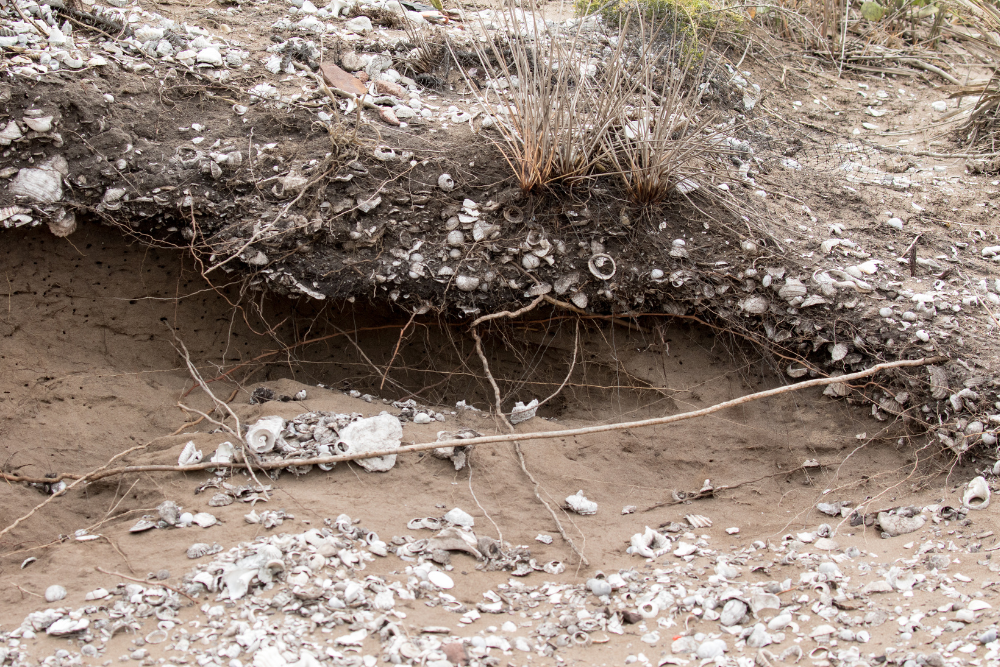Australia is a land of natural beauty, but it also boasts a rich history that’s reflected in its historic sites and landmarks. From ancient Aboriginal rock art to colonial buildings and sites of cultural significance, Australia’s history is as diverse as its landscapes. Whether you’re a history buff or just keen to learn about the nation’s past, here’s a guide to some of the country’s most iconic historic sites and landmarks.
1. The Sydney Opera House (New South Wales)
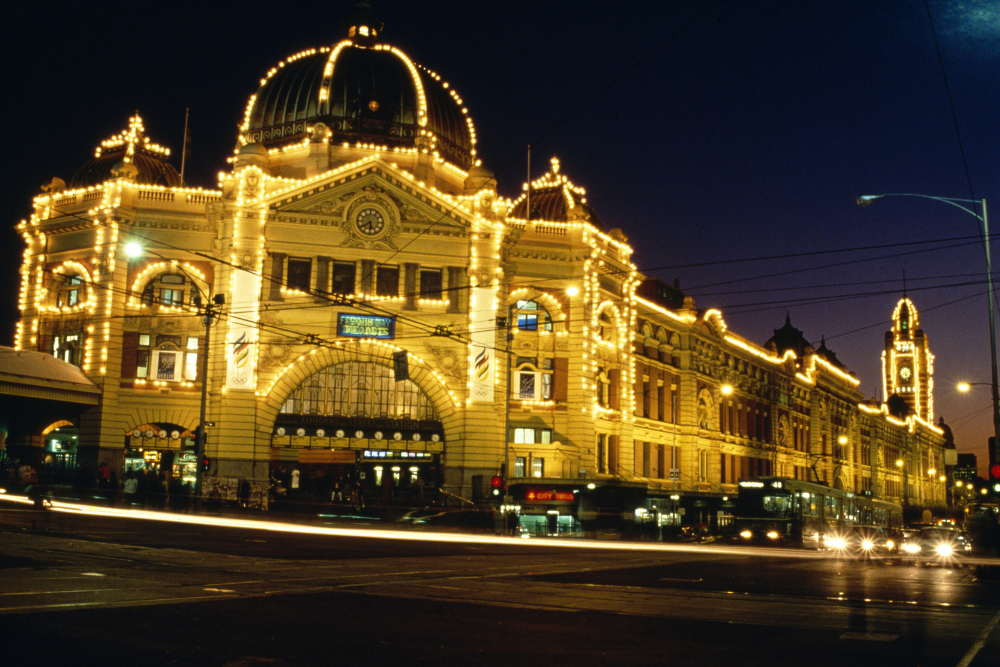
Location: Bennelong Point, Sydney
Era: Modern, opened in 1973
Significance: Architectural and cultural landmark
One of the most recognisable buildings in the world, the Sydney Opera House is a testament to Australia’s cultural evolution. Designed by Danish architect Jørn Utzon, it’s an architectural marvel, with its unique sail-like design. As the home of opera, ballet, and other performing arts, it has become a symbol of Australia’s creative identity. Visitors can take guided tours, enjoy performances, or simply admire the view from Circular Quay.
Highlights:
- Iconic architectural design
- Cultural performances and exhibitions
- Stunning views of the Sydney Harbour Bridge and surrounding waterfront
2. The Twelve Apostles (Victoria)
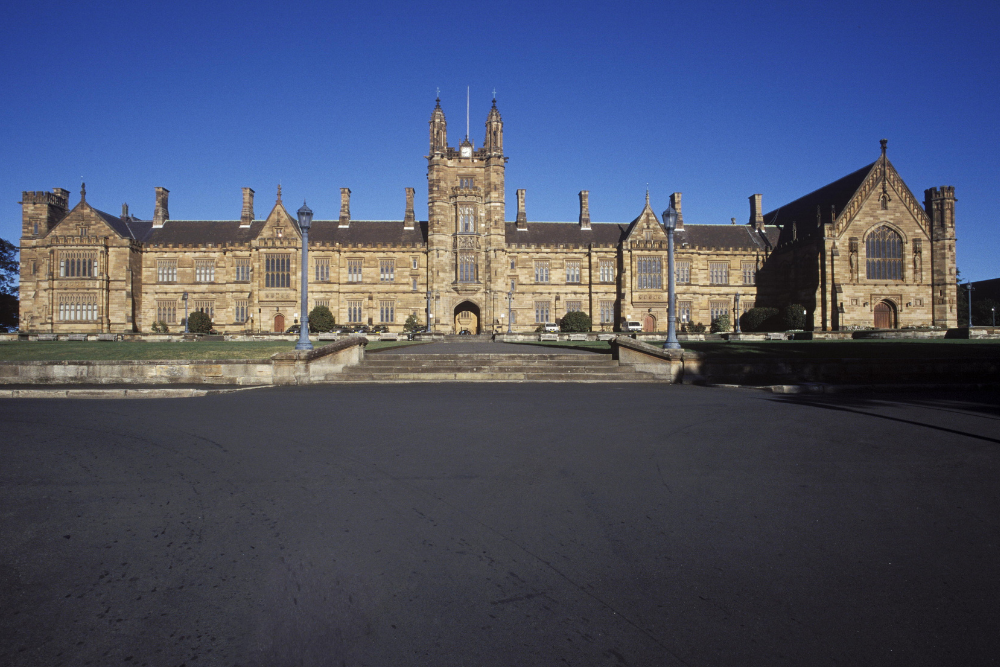
Location: Great Ocean Road, Victoria
Era: Geological formation
Significance: Natural landmark with Indigenous and historical importance
The Twelve Apostles are a series of limestone stacks rising dramatically from the Southern Ocean along the Great Ocean Road. While these towering formations were created over millions of years, they also hold cultural significance to the Gunditjmara people, the traditional custodians of the land. Visiting this natural wonder allows you to connect with both Australia’s geological history and its Indigenous heritage.
Highlights:
- Scenic coastal views and perfect photo opportunities
- Loch Ard Gorge, another nearby geological feature with historical maritime significance
- Great Ocean Walk, a trail that runs through the area, offering sweeping views
3. Port Arthur Historic Site (Tasmania)
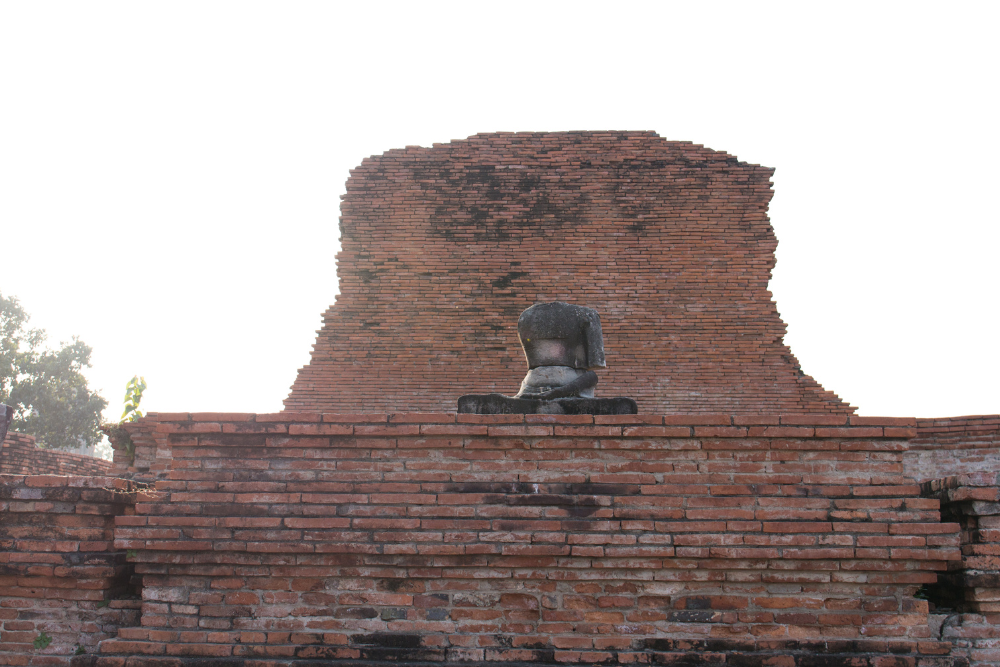
Location: Tasman Peninsula, Tasmania
Era: 1830s (convict settlement)
Significance: Convict heritage and early colonial history
A visit to Port Arthur takes you back to Australia’s convict past. Established as a prison in the 1830s, it was once one of the harshest penal settlements in the British Empire. Today, it’s a UNESCO World Heritage-listed site, with well-preserved buildings, ruins, and haunting landscapes. Visitors can explore the Convict Church, the Separate Prison, and learn about the lives of those who were imprisoned here.
Highlights:
- Historic tours of the convict settlement
- Isle of the Dead boat tour, visiting the cemetery
- Night tours for a spookier experience
4. Uluru (Northern Territory)
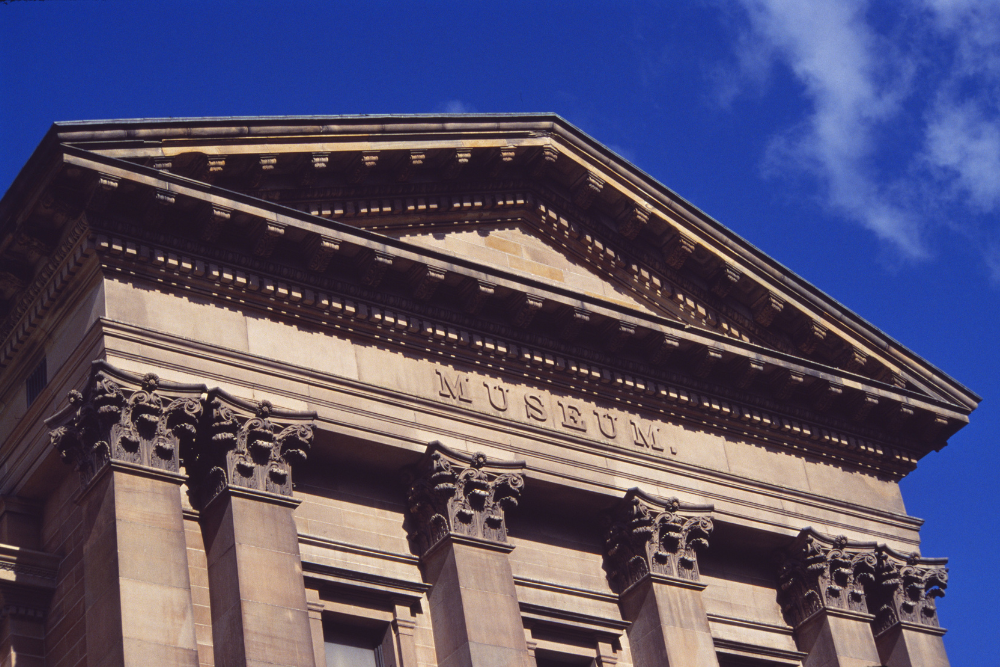
Location: Uluru-Kata Tjuta National Park, Northern Territory
Era: Ancient (estimated to be around 600 million years old)
Significance: Sacred Indigenous site
Uluru, also known as Ayers Rock, is one of Australia’s most iconic landmarks. This massive sandstone monolith is not only a natural wonder but also holds deep cultural significance for the Anangu people. Uluru is considered sacred, and while climbing the rock was once allowed, it is now prohibited to respect the wishes of the local Indigenous community. The area surrounding Uluru, known as Kata Tjuta, also has fascinating rock formations and hiking trails.
Highlights:
- Sunrise and sunset views when the rock changes colour
- Cultural tours to learn about the Anangu people’s traditions and stories
- Mala Walk and other walking trails around Uluru
5. The Royal Exhibition Building (Victoria)
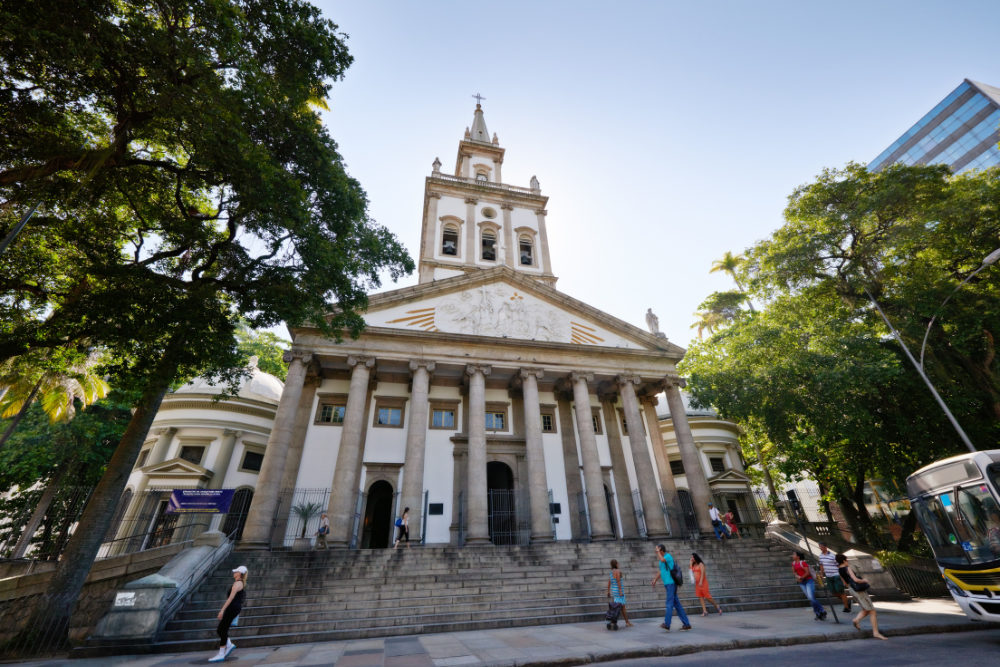
Location: Carlton Gardens, Melbourne
Era: 19th century, completed in 1880
Significance: Victorian-era architecture and cultural heritage
The Royal Exhibition Building is a masterpiece of Victorian architecture and one of the world’s oldest exhibition pavilions still in use. It was built to house the Melbourne International Exhibition in 1880 and has since hosted many major events, including Australia’s first federal parliament in 1901. The building is a UNESCO World Heritage site and is surrounded by the Carlton Gardens, which are perfect for a stroll.
Highlights:
- Guided tours showcasing the building’s history and architecture
- Beautiful Carlton Gardens for a relaxing day out
- Melbourne Museum located next door, offering a deeper dive into Australia’s history
Conclusion
Australia’s historic sites and landmarks provide a deep connection to its past, from ancient Indigenous traditions to colonial heritage and modern landmarks. Exploring these places not only offers a chance to learn about the nation’s history but also to witness the beauty of its diverse landscapes. Whether you’re visiting an iconic monument like the Sydney Opera House, discovering the convict past at Port Arthur, or immersing yourself in ancient rock art at Kakadu, Australia’s history is both fascinating and unforgettable.



